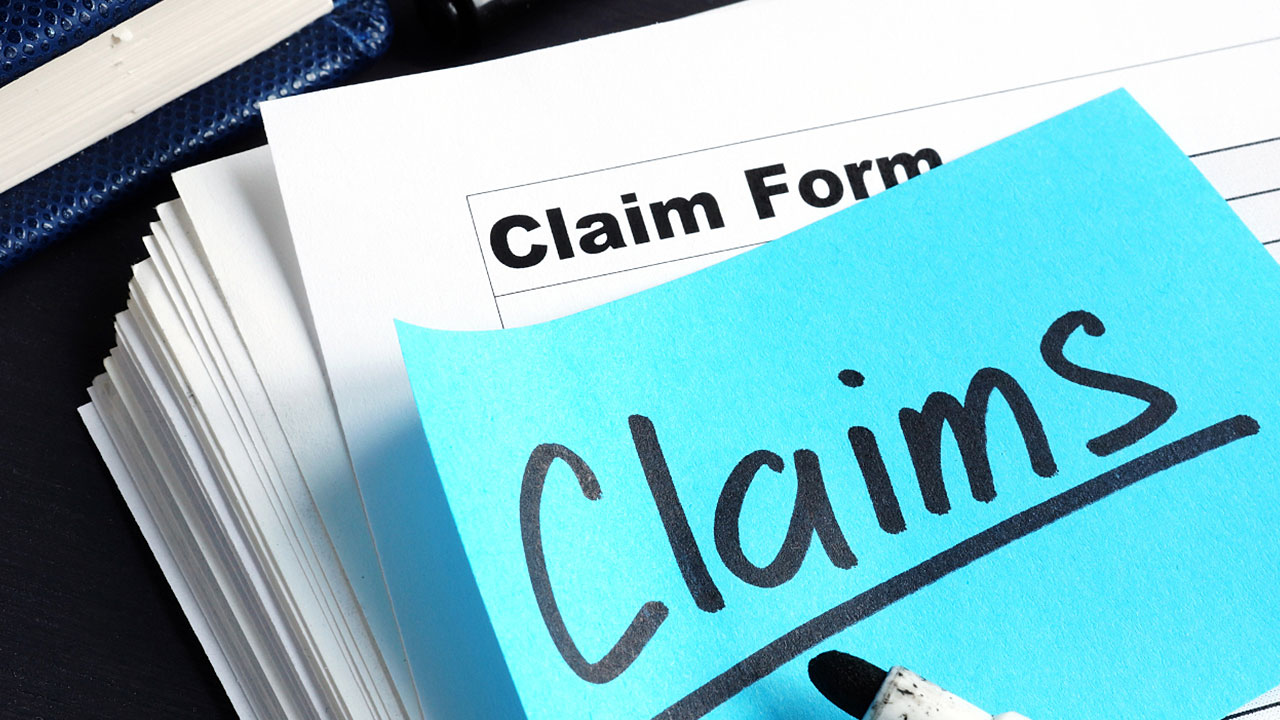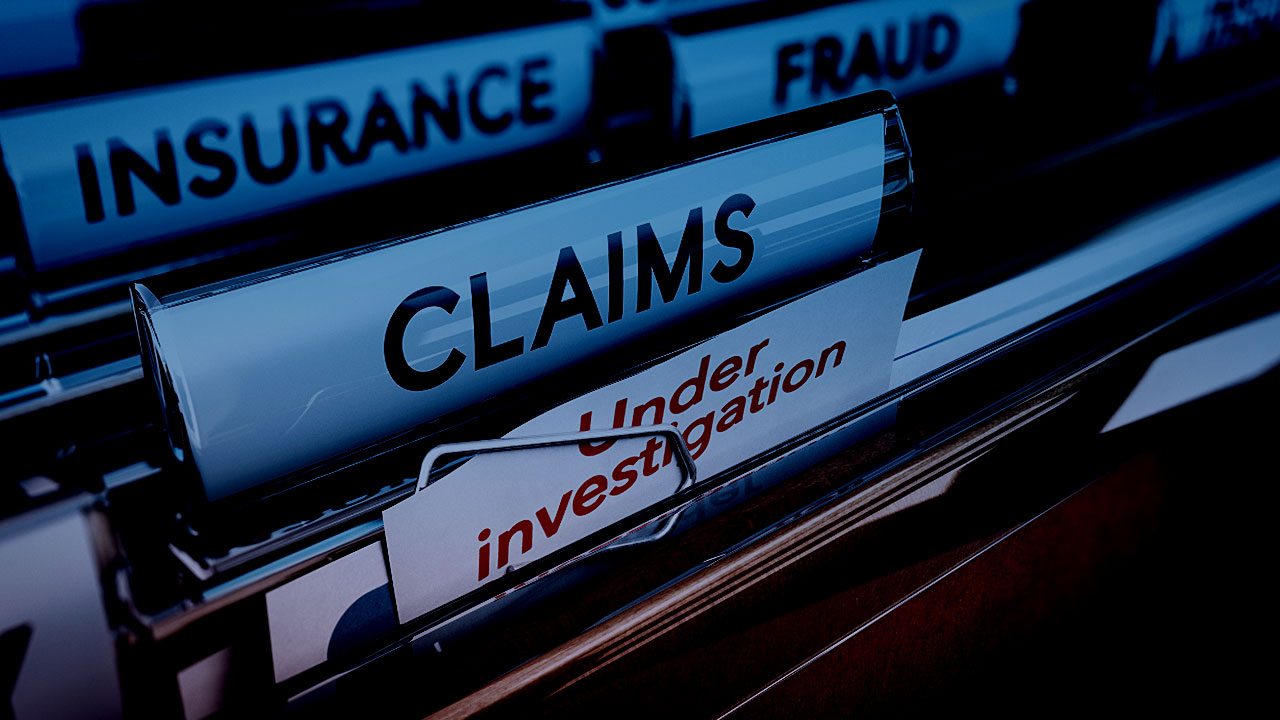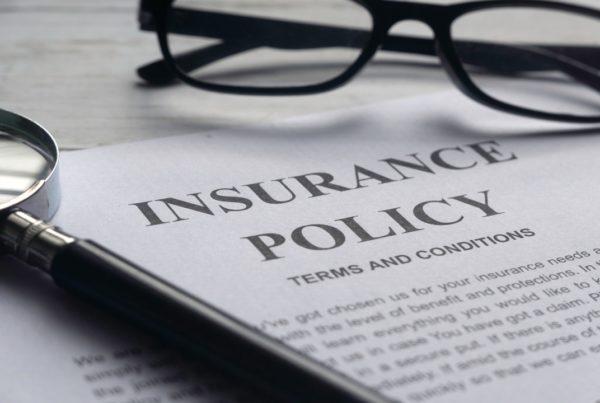Insurance fraud is a significant issue for Canadians, reportedly costing consumers more than $1 billion each year in price hikes to insurance premiums. Defined as a false or exaggerated insurance claim, this type of fraud is a criminal offence in Canada that can be pursued as such by the affected insurer. To combat the behaviour from customers, it’s in the interest of insurance professionals to be aware of the types of insurance fraud to look out for. From there, the challenge becomes knowing how to spot a fraudulent claim.
To understand more on this, let’s take a closer look at the most common types of insurance fraud, and some approaches to flagging them.
Types of Insurance Fraud You Should Be Aware Of
After completing your insurance agent diploma training and entering the field professionally, you’re likely to come across examples of an opportunistic fraud. This describes any type of inflated claim based upon a legitimate loss or accident. These types of claims may include such scenarios as making a claim for a piece of property that wasn’t actually stolen during a home or auto theft, or a person exaggerating injuries following a proven accident.
Premeditated insurance fraud describes claims made based upon a fabricated theft or accident. As examples of such scenarios, the person might burn or damage their own vehicle to make a claim, or stage a home burglary.

Intentionally burning a vehicle to make a claim is an example of premeditated insurance fraud
Premeditated fraud can also describe situations where customers try to avoid or minimize premium payments. Some common examples might include neglecting to report major changes to a car or property, buying fake proof of insurance slips, or reporting living at a different address from where the person actually lives to save on premiums that can fluctuate by region.
Some Approaches That Can Help in Spotting False Claims
While knowing about the different types of insurance fraud can be helpful on the way to earning your insurance advisor diploma, you may wonder how to flag a claim as suspicious. In order to spot a deception, one approach is for professionals to take the time to really know their customers well, according to the details of their existing file. Based on this knowledge, they should ask many questions about a claim to see if anything doesn’t add up and ask for documents and other forms of evidence from the claimant to back up any finer details they may have included in the report.
Even with this approach, however, even the most vigilant insurance advisor can easily miss a false or deceptive claim. This is why many insurance companies today use various types of advanced fraud detection technologies in order to flag inconsistencies. These systems typically combine Artificial Intelligence and Machine Learning to detect anomalies. If a claim is identified by an advisor or by software as suspicious, the insurance company may escalate things by launching an investigation.
What Happens When a Fraudulent Claim Is Positively Identified
In order to confirm suspected fraud, the evidence must be gathered by the investigations department of the insurer that points at provable inconsistencies. To gather this evidence, various approaches may be used, such as photography of the event or damaged item, and further in-depth interviews with anyone involved in the incident, including the claimant.
If a claim is positively identified as deceptive, the claim will be denied and the fraudster may be charged with a criminal offence. If the level of the offence is less substantial, the customer may be allowed to simply withdraw their claim with no legal repercussions. While being caught in a lie will often scare a fraudster off attempting future scams, they are nonetheless typically flagged within the company’s internal system as a future claim risk. With their marred record, the offender may also find it difficult to find coverage from the insurer.
After attending insurance advisor college in Alberta and entering the field professionally, you’re likely to quickly discover just how important the actions of responsible insurance professionals are for helping to weed out defrauders. The moment you become part of this process working as a professional in this engaging field is the moment when you’re sure to feel grateful that you took the time to earn another diploma.
Are you interested in pursuing a career as an insurance advisor?






